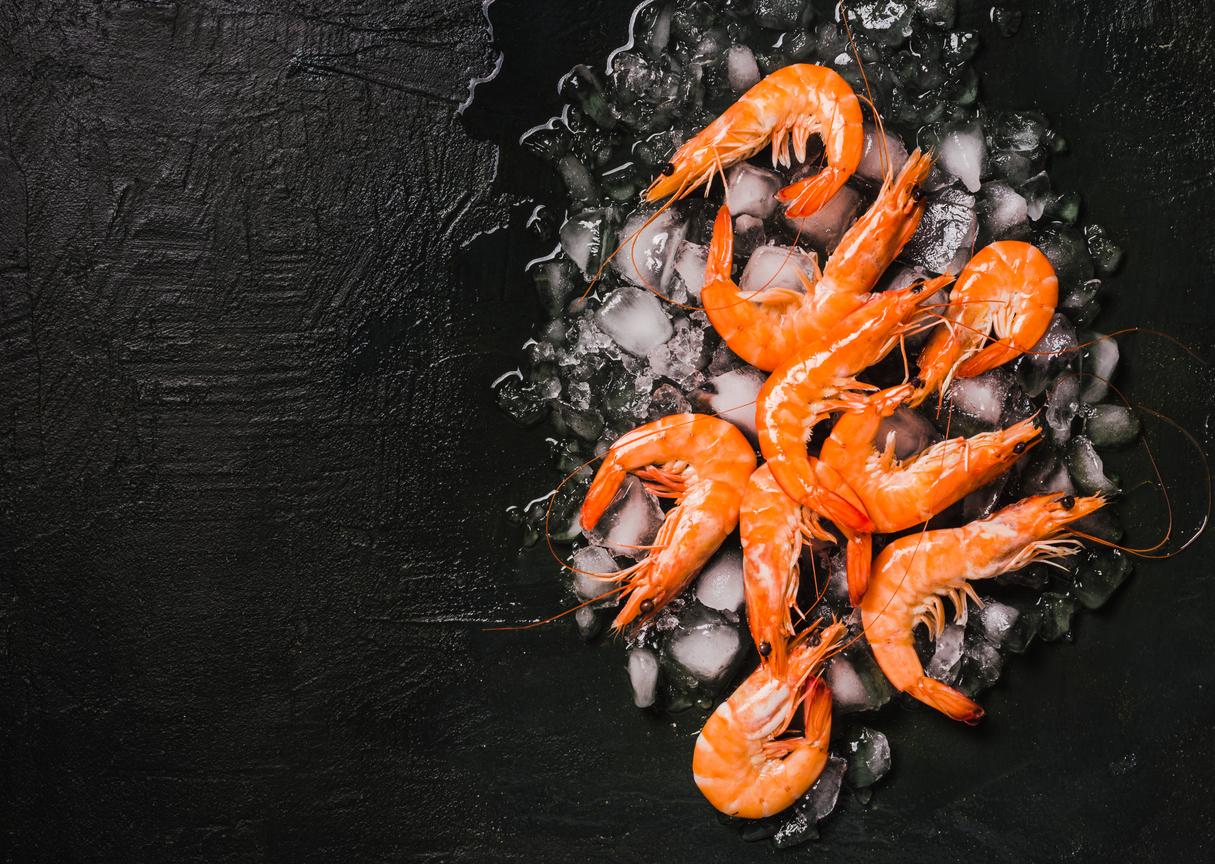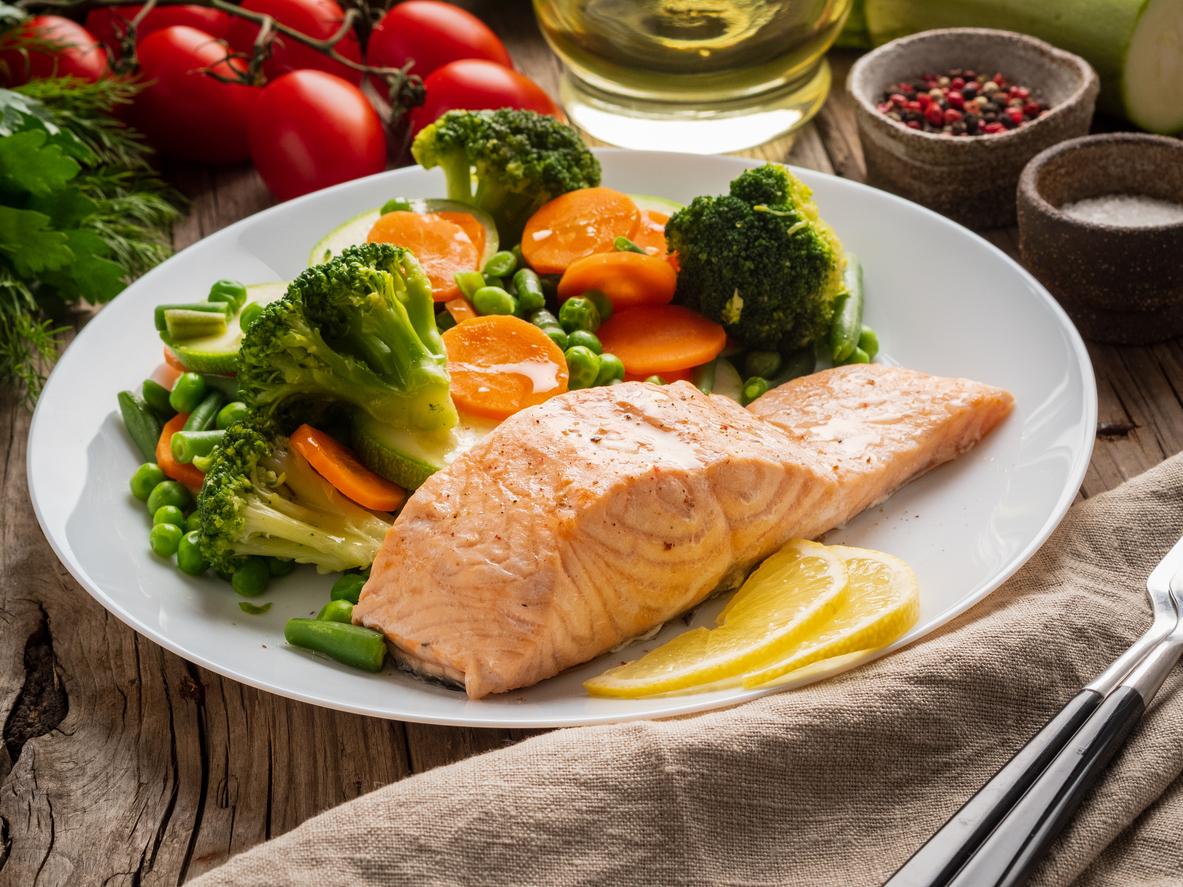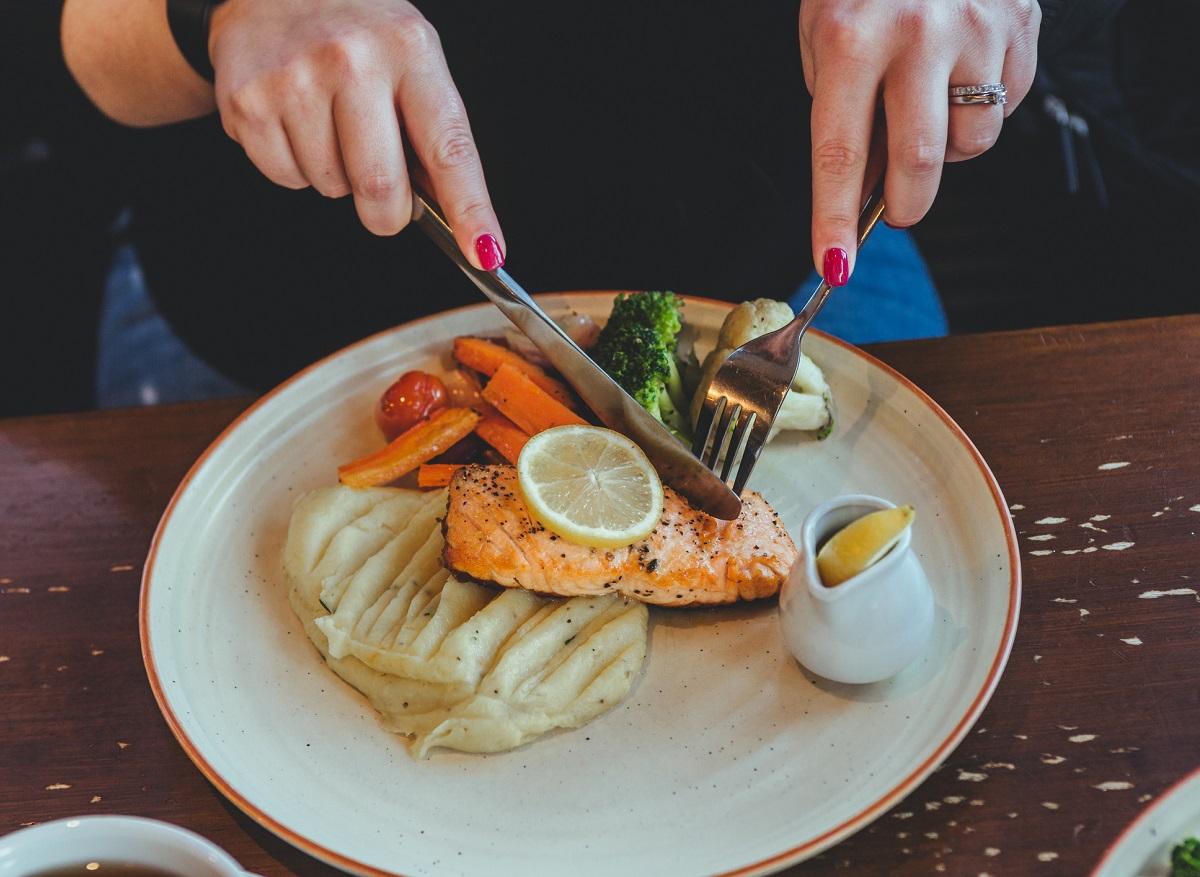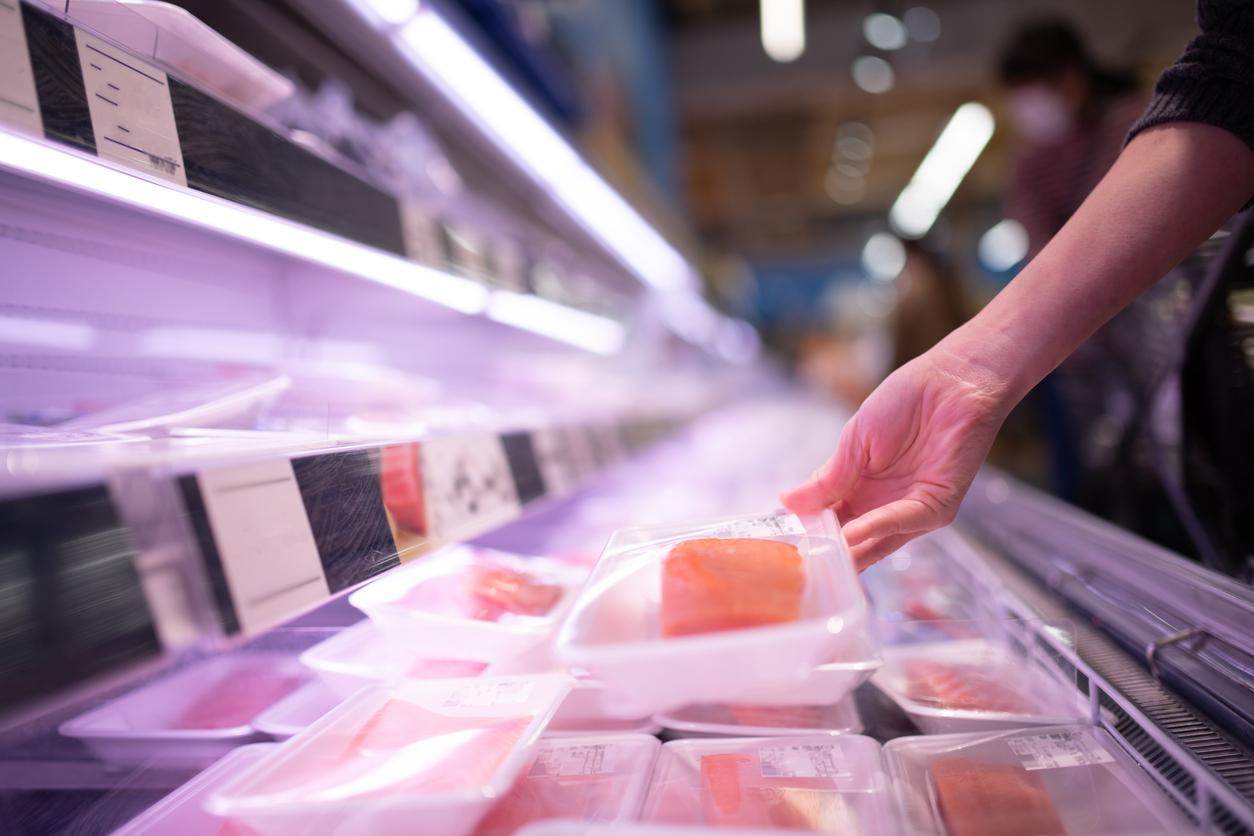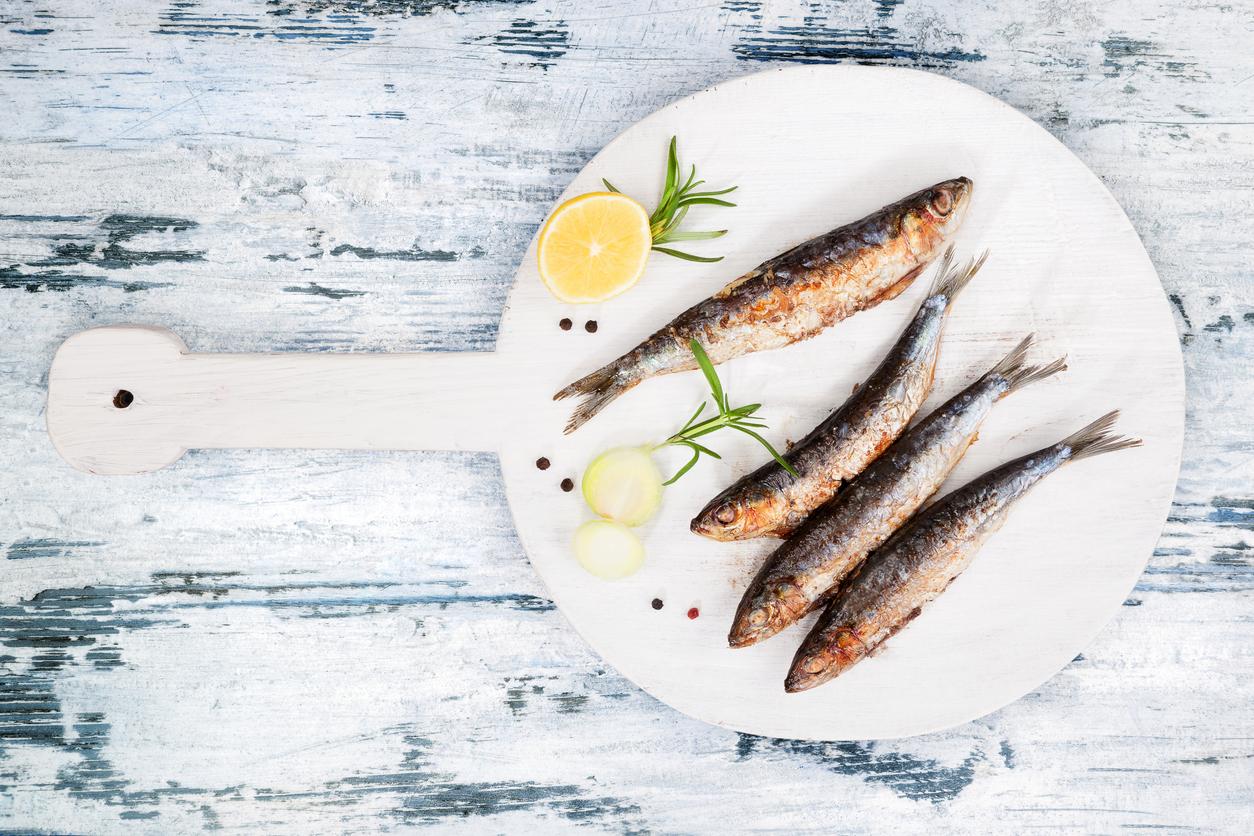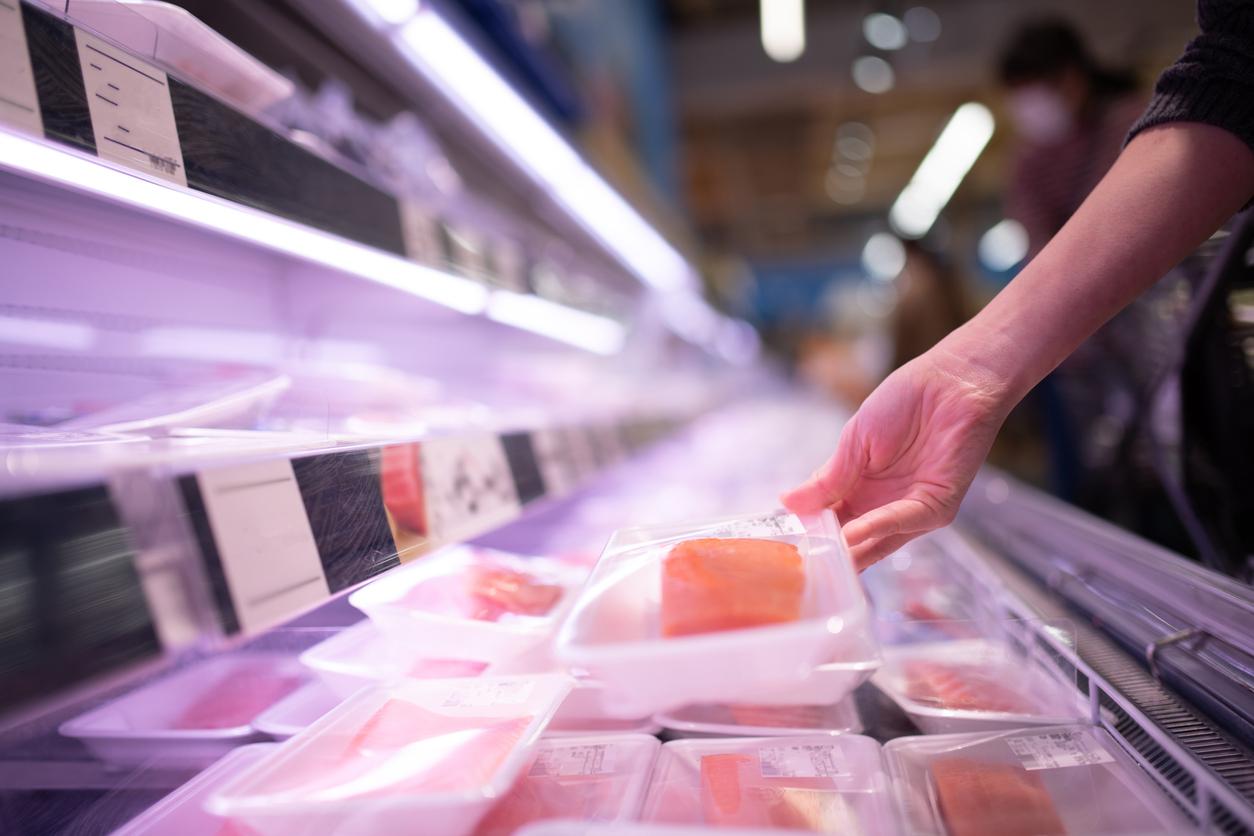
Healthy fish fats are preserved when canning
Fish is healthy and that is why the advice is: eat fish every week. It doesn’t necessarily have to be fresh fish. Canned fish is just as healthy. But is it better to choose fish in water or oil? And how long can you keep an opened can of fish?
Fish contain special fish fatty acids, which are good for the heart and blood vessels. They are mainly found in oily fish, such as mackerel, salmon, sardines and herring. The good news: these fish fatty acids are well preserved when canning fish. The content of other healthy substances from fish, such as vitamin D, B vitamins and iodine, does decrease slightly due to canning. But that also applies to heating fresh fish. And canned fish is already cooked, so at most it needs to be warmed up. Canned fish is therefore in the Wheel of Five, just like fresh fish and fish from the freezer. Advantage of canned fish: it is often cheaper than fresh fish and you can keep it for a long time. Handy to always have canned fish in the house. Think cans of tuna, salmon, sardines, mackerel and anchovies.
Which is better: fish on water or fish on oil?
Water and fat do not mix. With fish in water, the fish fatty acids therefore remain better in the fish. With fish in oil, a small part of the fish fatty acids from the fish ends up in the oil. If you then drain the oil, that part of the good fish fatty acids is lost. But if you also use the oil, for example in a sauce or as a dressing over a salad, it makes no difference. But in fact it doesn’t matter that much: most fish fatty acids remain in the fish. So you can also let the choice be guided by what you like best. This also applies to the choice of oil type. Sometimes olive oil is used and sometimes sunflower oil. Both types of oil are in the Wheel of Five.
How is fish canned?
Fresh, cleaned and sometimes filleted fish is the basis of canned fish. After cutting into pieces or slices and lightly salting, the fish is pre-cooked. After cooling, the fish is packed in cans. (salted) water or oil is added, or sauces such as tomato sauce. With natural fish in cans, (salted) water is used. The filled can then undergoes sterilization, which means that the fish has a long shelf life.
How long can you keep canned fish?
The tin has a ‘best before’ (best before) date. In any case, the fish from an unopened can will remain good until that date. But even after that, the fish is not immediately spoiled. Check with nose, eyes and taste if you open a can that is past the best before date. Canned fish can be kept out of the refrigerator as long as the can is closed. Is an unopened can bulging? Then throw it away, as that is a sign that the fish is spoiled. The fish has then acquired a different smell, color and/or taste.
And after opening?
Once the package has been opened, the fish should be kept in the refrigerator. The fish can then be kept for two days in the refrigerator at a temperature of 4°C. Transfer the fish to a storage container to avoid a tin taste. You can also freeze leftover canned fish. Then the fish can be kept for another three months. Does the fish look weird and smell bad? Then don’t eat it.
Are canned fish with a quality mark healthier?
There are many quality marks on cans of fish. That sometimes makes it difficult to choose, because what does such a quality mark actually mean. One thing is certain: such a quality mark says nothing about how healthy the fish is. The quality marks say something about sustainability and how animal-friendly the fish is caught. The most commonly used quality marks on (tin) fish are:
MSC ecolabel
MSC stands for Marine Stewardship Council. This quality mark is on fish products that come from sustainable fisheries. Sustainable fishing involves sustainable management of fish stocks and minimal damage to marine life. According to Milieu Centraal, this quality mark scores well on control, transparency and sustainability.
ASC quality mark
ASC stands for Aquaculture Stewardship Council. It is similar to the MSC ecolabel for wild fish, only the ASC ecolabel is for farmed fish. It aims to reduce the environmental impact of fish farming. For example, there are rules for less antibiotic use, more sustainable fish feed and better working conditions for staff. According to Milieu Centraal, this quality mark also scores well on control, transparency and sustainability.
dolphin friendly
The dolphin-friendly logo can only be found on tuna. It indicates that dolphins are not victims of tuna fishing. Producers can decide for themselves whether or not to place the logo on their products. According to Milieu Centraal, there is often no audit by an independent party. A positive exception is the Dolphin Safe logo of the American environmental organization Earth Island Institute. This is checked by an independent party. Incidentally, this logo is sometimes also on cans of skipjack tuna. This tuna species is not found in the same habitat as dolphins. By-catch of dolphins does not occur by definition with skipjack tuna. The logo adds nothing here.
Tasty recipes with canned fish
Canned fish is already cooked and therefore very easy to use. Use it cold on bread, on toast, in wraps or in a salad. You can also process canned fish warm in a pasta sauce, an omelette or frittata, a quiche or a rice dish. Tasty recipes with canned fish:
- Spaghetti al tonno
- Wrap tortilla with crab
- Zucchini with anchovies and onion
- Pastasalad with tuna
- Tagliatelle with sardine-paprika sauce
- Wrap with tuna and vegetables
Cooking with canned fish
Want more recipes? Fish expert Bart van Olphen has devoted two of his cookbooks entirely to canned fish: Cooking with canned fish and Cooking with canned fish 2.
Sources):







